Natural Wonders in the United States

Courtesy of x - Fotolia.com
-
Where can you find stunning natural beauty in the United States?
- You don’t need to go very far to find stunning natural beauty in the United States, but some places are truly magical.
-
How big is the United States, and why does it have so much natural beauty?
- The country is approximately 3.8 million square miles in size, so it should come as no surprise that it’s home to some spectacular scenery.
-
What are some of the most breathtaking sights in the U.S.?
- Sights like the Grand Canyon, the Mendenhall Ice Caves, and the soaring peaks of the Smoky Mountains never fail to meet even the highest expectations.
-
Why consider traveling within the U.S. before going abroad?
- Traveling abroad is always worthwhile, but before you hop on a plane to a different country, consider visiting one of these incredible national landmarks instead.
Arches National Park
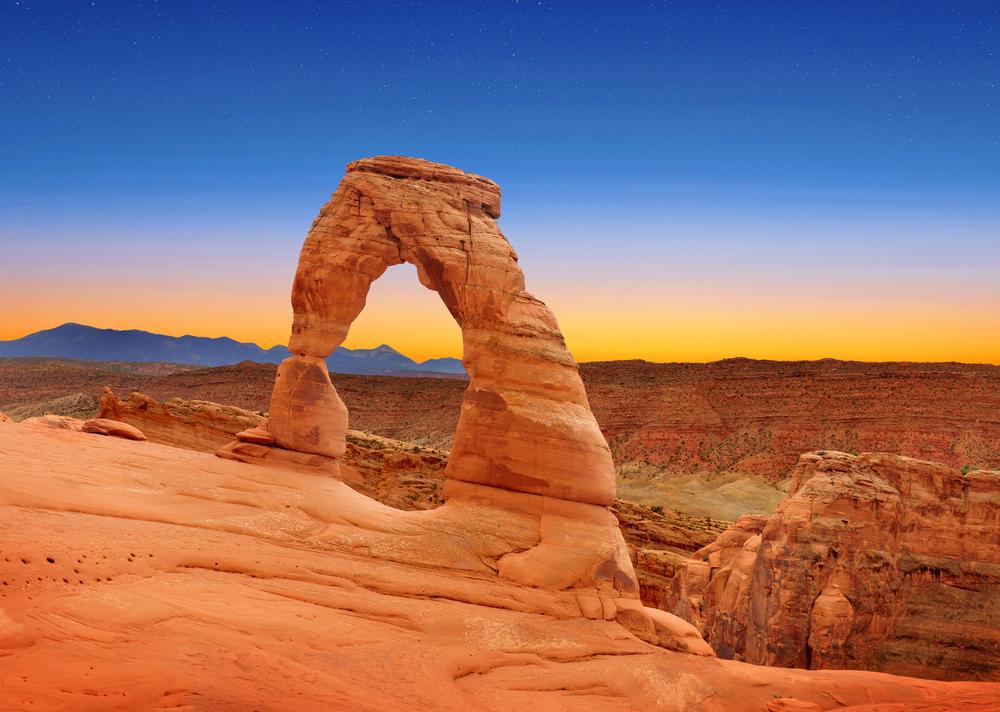
© Courtesy of verinize - Fotolia.com
Home to more than 2,000 natural stone arches, Arches National Park boasts a higher density of natural arches than anywhere else in the world. The park is located right next to the Colorado River in eastern Utah, and most visitors will spend at least some of their time here driving or cycling along the scenic 18-mile road that winds its way through the park.
There are also a number of hiking trails that range from 15 minutes to 5 hours, and ranger-led tours are offered during the spring, summer, and fall. Rock climbing is permitted on select routes.
Black Canyon of the Gunnison National Park
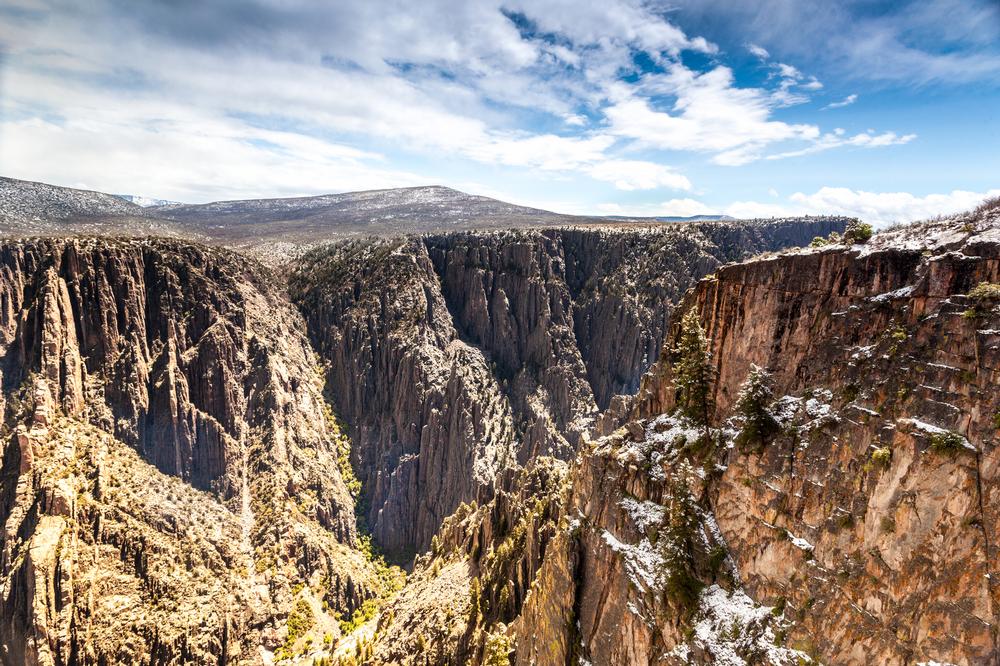
© Courtesy of malajscy - Fotolia.com
Carved out by the Gunnison River over the course of two million years, the Black Canyon of the Gunnison National Park in Colorado boasts some of the steepest and most majestic cliffs and rock spires in North America. Hiking trails suitable for most ages and abilities can be found along both the north and south rims of the canyon, and individuals in excellent physical shape might be tempted to try one of the extremely strenuous trails that lead down into the inner canyon. Other possible activities here include rock climbing, wildlife watching, kayaking, and fishing in the beautiful river that runs through the canyon.
Caddo Lake
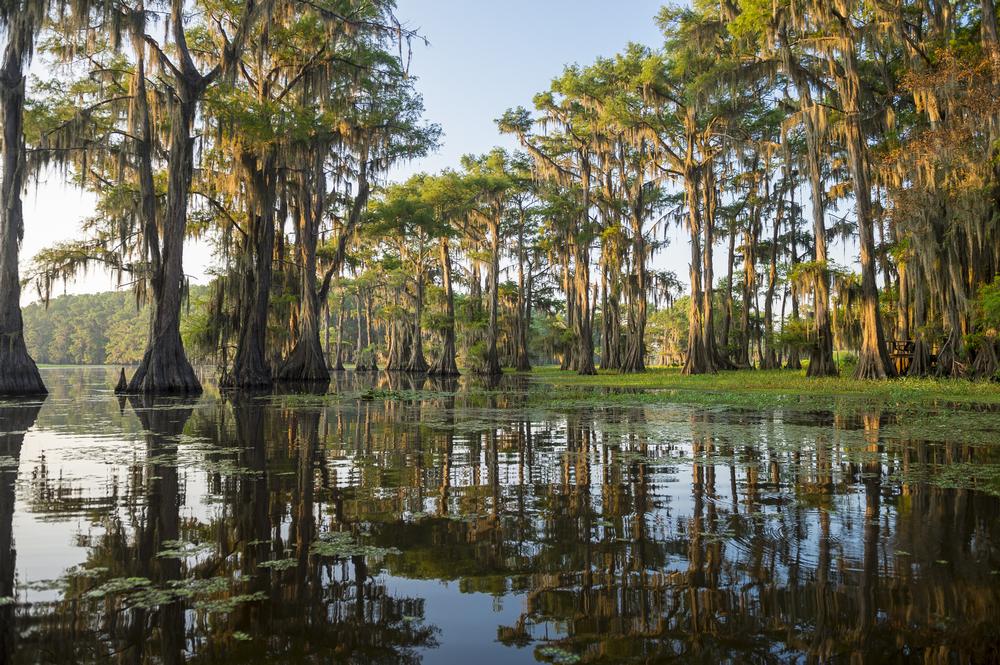
© Courtesy of lazyllama - Fotolia.com
Straddling the border between Texas and Louisiana , Caddo Lake is an excellent place to boat, fish, canoe, and hunt for geocaches.
More than 70 different species of fish can be found in the lake, and canoes and fishing equipment are available for rent in the park.
There's enough here to keep visitors entertained for days, and overnight accommodation is available in the form of 46 campsites and several historical cabins.
The lake also boasts one of the largest flooded cypress forests in America; shrouded with Spanish moss, the trees create an eerie atmosphere and can make for some truly stunning photos.
Crater Lake
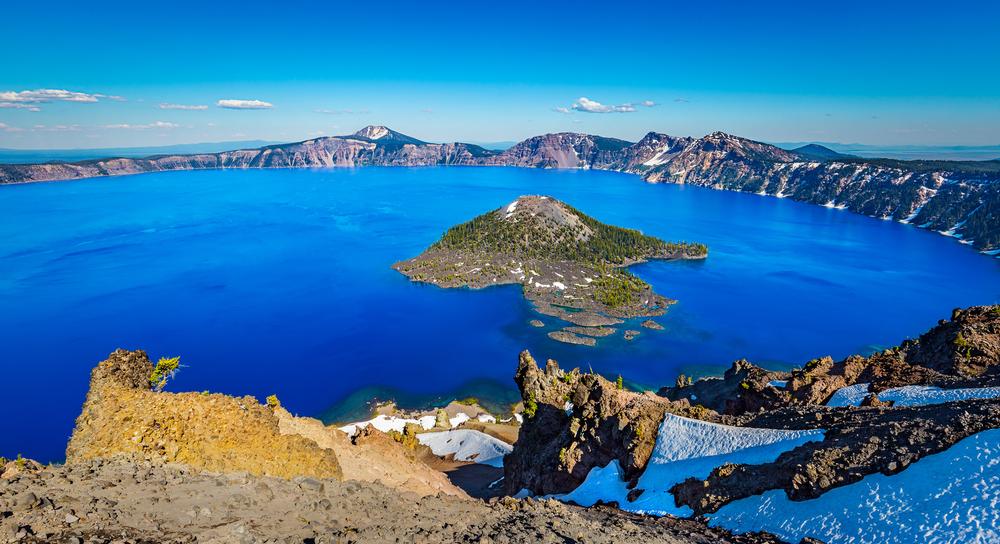
© Courtesy of fotos2sell - Fotolia.com
Located in south-central Crater Lake was formed by the collapse of a large volcano approximately 7,700 years ago. Crater Lake
is fed entirely by rain and snow, making it one of the least-polluted bodies of water in the world. With a depth of 1,943 feet, it is the deepest lake in the United States and the third deepest in the world.
The water is known for being a wonderfully intense shade of blue, and the park is also home to a number of interesting volcanic features, including a cinder cone known as Wizard Island, which rises up from the center of the lake.
Denali National Park
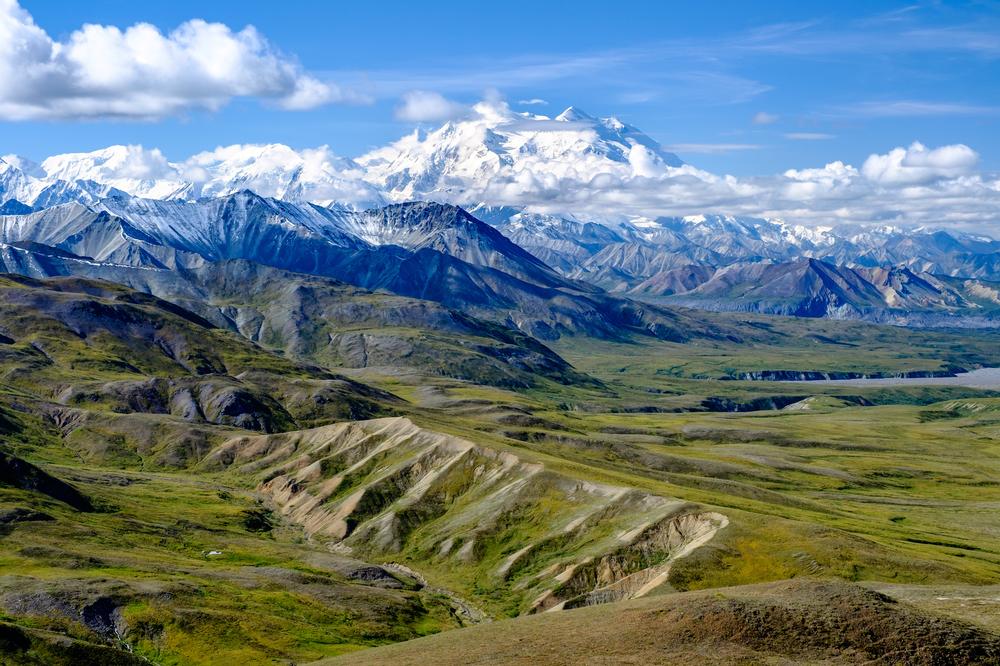
© Courtesy of Alexander - Fotolia.com
World-famous Denali National Park
in Alaska is best known for being home to the 20,310-foot Denali Peak, North America's tallest mountain.
The first known ascent of the mountain occurred in 1913, and since then, the challenging peak has attracted mountaineers from all over the world.
All climbers must register with the Denali National Park and Preserve at least 60 days before they attempt the ascent, but even getting the chance to see the peak is a highlight of the park for most visitors.
Only one road goes through the park; visitors can choose to drive themselves or take one of the many available buses.
Sleeping Bear Dunes National Lakeshore

© Courtesy of Alexey Stiop - Fotolia.com
Covering a 65-mile stretch of Lake Michigan's coastline, Sleeping Bear Dunes National Lakeshore is best known for the immense sand dunes perched 400 feet above the lake.
The area is a true paradise for nature lovers, and visitors can head up to the sandy bluffs to get excellent views of Lake Michigan, admire the views from the seat of a canoe on one of the many inland lakes, or even go scuba diving in the Manitou Passage Underwater Preserve.
There are also campgrounds in the park for anyone who would like to spend the night, including several rustic sites on the Manitou Islands.
Everglades National Park

© Courtesy of Andrea Izzotti - Fotolia.com
Encompassing 1.5 million acres of wetland on the southern tip of Florida, Everglades National Park consists of mangrove forests, sawgrass marshes, and pine flatwoods. An incredibly diverse array of flora and fauna can be found here; highlights include the endangered leatherback turtle and the West Indian manatee. Everglades National Park can be accessed through Miami, Everglades City, or Homestead, and park permits can be purchased at any of the entrances.
A variety of ranger-led programs are offered during the wet season, which lasts from April to November and is the best time to visit the park.
Garden of the Gods
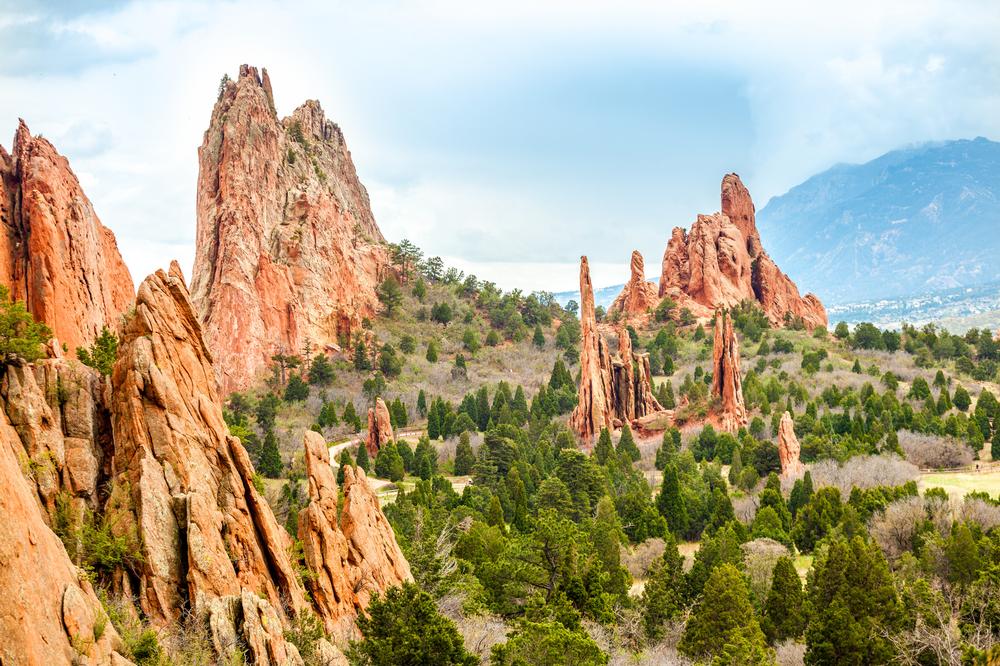
© Courtesy of eunikas - Fotolia.com
Situated in the heart of Colorado Springs, the Garden of the Gods has been a National Natural Landmark since 1971. The park offers more than 15 miles of hiking, cycling, and horseback riding trails, including a paved 1.5-mile trail that runs right through the center of the park. Other popular activities
here include technical rock climbing, taking Segway or Jeep tours, and learning about the history of park through the many educational interactive exhibits that can be found in the visitor and nature center.
The park is open to visitors free of charge, and hours of operation vary depending on the season.
Glacier National Park
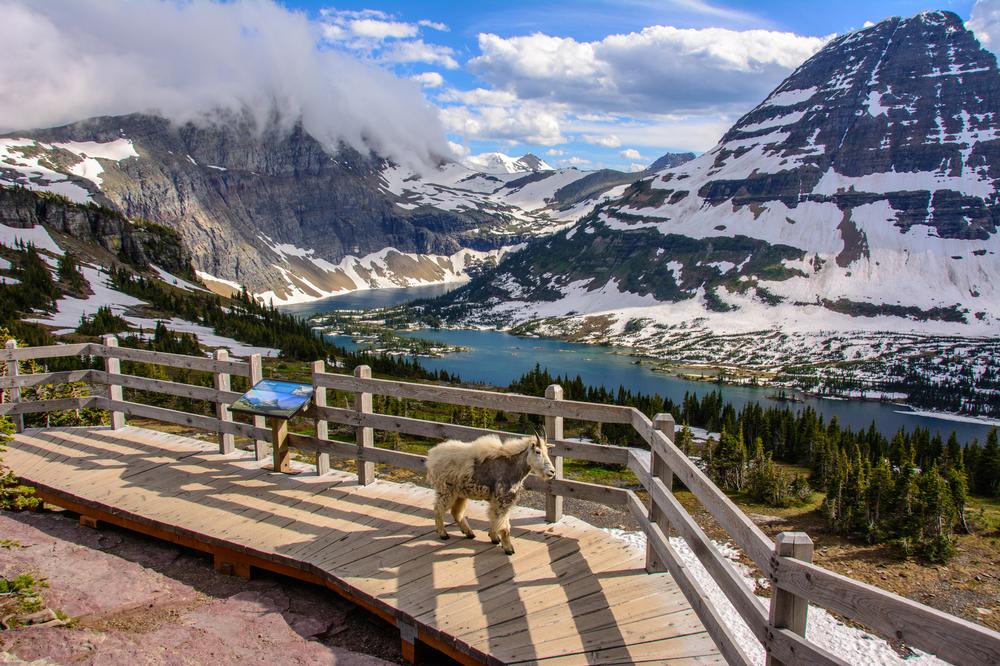
© Courtesy of Maks_ershov - Fotolia.com
Often referred to as the Crown of the Continent, Glacier National Park in Montana is home to the headwaters for streams that flow as far away as the Gulf of Mexico. No visit to Glacier National Park is complete without a drive down the Going-to-the-Sun road, which connects the east and west sides of the park, but there are also more than 700 miles of trails for visitors to take advantage of.
In addition to its excellent hiking opportunities, the park is also an great destination for anyone interested in fishing, biking, boating, or spending a night or two in a beautiful, remote campground.
Grand Canyon
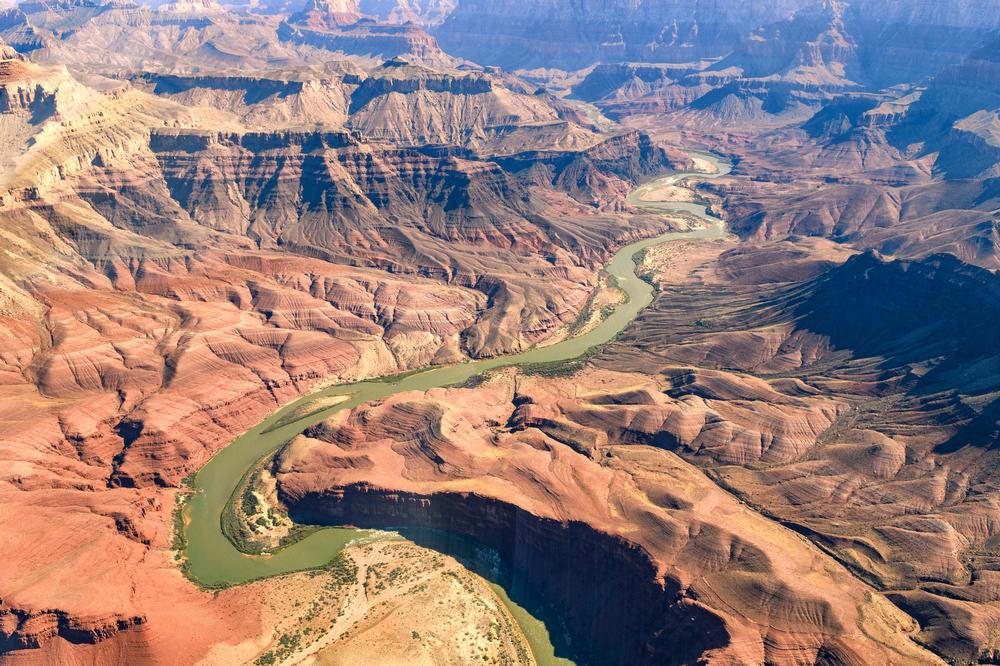
© Courtesy of jon_chica - Fotolia.com
The Grand Canyon is easily one of the most distinguishable landmarks in the United States; stretching 277 miles through the Arizona desert, the colorful canyon is a true natural wonder that offers plenty of recreation activities. Grand Canyon is divided into three areas: the South Rim, the North Rim, and the West Rim.
Most visitors head to the well-developed South Rim, which is open all year round and offers a number of restaurant and lodging options.
The West Rim is home to the glass-bottomed Skywalk, while the wild and remote North Rim is perfect for anyone wanting to spend some time relaxing away from the crowds.
Plan Your Trip
Table of Contents:












